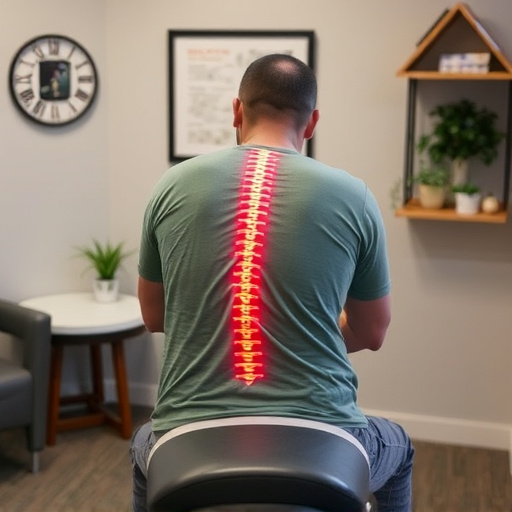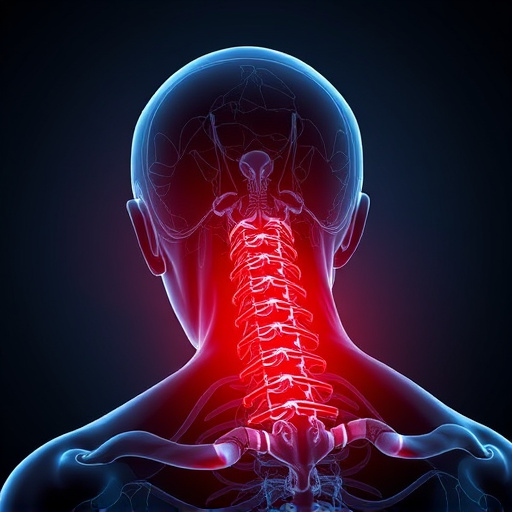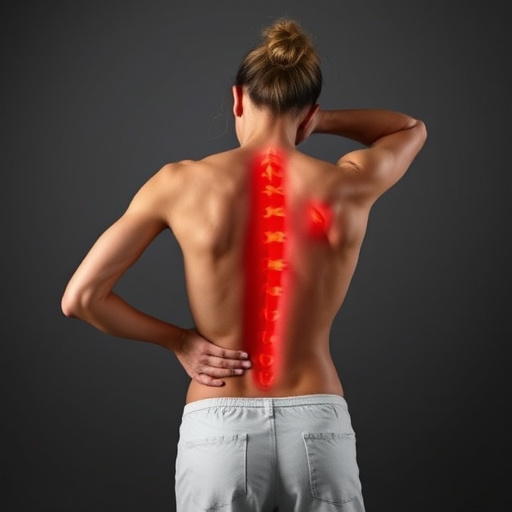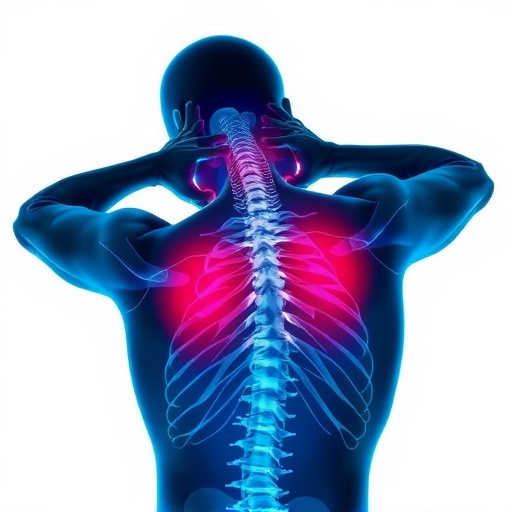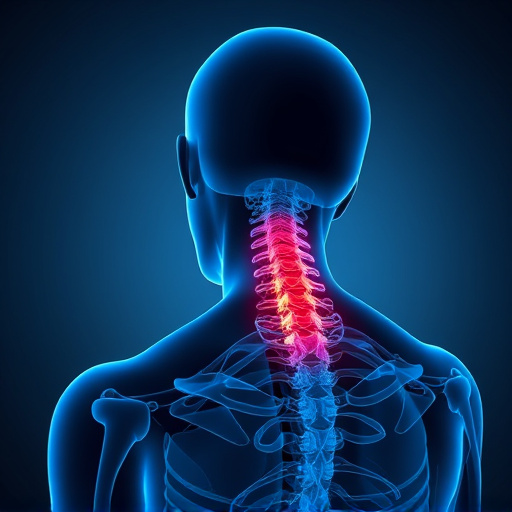Occupational injuries caused by repetitive motions or hazardous materials significantly impact workers and employers with prolonged absences, reduced productivity, and increased medical costs. Effective treatment plans focusing on therapeutic exercises and post-accident rehabilitation are crucial for restoring physical function, alleviating pain, improving mobility, and preventing long-term disability, enabling a safe return to work. Massage therapy, as a complementary approach, offers holistic healing methods that enhance rehabilitation, reduce muscle tension, improve circulation, speed up healing, alleviate natural pain, and reduce stress, making it an appealing non-pharmacological solution for both physical and mental aspects of work-related injuries, backed by strong scientific evidence.
Massage therapy emerges as a powerful tool in the realm of occupational injury treatment, offering a holistic approach to healing and recovery. Understanding the unique challenges faced by workers can greatly enhance workplace safety and well-being. This article delves into the impact of occupational injuries, exploring how massage therapy serves as a complementary treatment method. We examine scientific evidence highlighting its effectiveness, providing insights for professionals aiming to revolutionize occupational injury management strategies.
- Understanding Occupational Injuries and Their Impact
- Massage Therapy as a Complementary Treatment Approach
- Scientific Evidence Supporting Massage for Occupational Injury Recovery
Understanding Occupational Injuries and Their Impact

Occupational injuries, often referred to as work-related injuries, are a significant concern for many industries and workers alike. These injuries can result from various factors such as repetitive motions, heavy lifting, exposure to hazardous materials, or accidental trauma during work activities. The impact of occupational injuries extends beyond physical pain; it can lead to prolonged absence from work, reduced productivity, and increased medical costs for both employees and employers.
Understanding the specific causes and effects of these injuries is crucial in developing effective treatment plans. Therapeutic exercises and post-accident rehabilitation play a pivotal role in injury rehabilitation. These strategies aim to restore physical function, alleviate pain, and improve overall mobility, enabling individuals to safely return to their work responsibilities and mitigating long-term disability risks.
Massage Therapy as a Complementary Treatment Approach
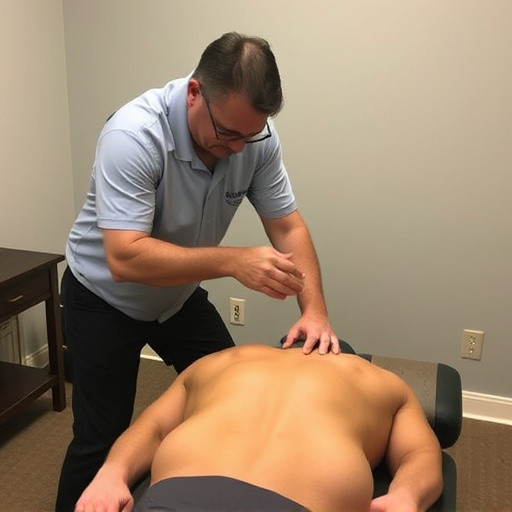
Massage therapy has emerged as a valuable complementary approach in the treatment and management of occupational injuries. Often considered a holistic healing technique, it goes beyond conventional treatments like chiropractic care or sports injury recovery methods. By focusing on the body’s muscle recovery and relaxation, massage therapy can significantly enhance the overall rehabilitation process.
Incorporating this alternative practice into an individual’s recovery plan can offer numerous advantages. It aids in reducing muscle tension, improving circulation, and promoting a faster healing response. Furthermore, it provides a natural way to alleviate pain, making it an appealing option for those seeking non-pharmacological solutions. The benefits extend beyond physical restoration; massage therapy also helps in stress reduction, which is essential for individuals dealing with the mental and emotional toll of work-related injuries.
Scientific Evidence Supporting Massage for Occupational Injury Recovery

Massage therapy has gained significant attention in the field of occupational injury treatment due to robust scientific evidence supporting its effectiveness. Numerous studies have demonstrated that massage can significantly reduce pain and improve mobility, which are crucial aspects in recovering from work-related injuries. Research highlights that regular massage sessions can help alleviate muscular tension and inflammation, common issues faced by individuals suffering from occupational injuries such as whiplash or chronic strain.
In comparing therapeutic options for occupational injury treatment, some studies suggest that massage therapy may offer comparable or even superior results to chiropractic treatment and spinal adjustments. Massage has been shown to enhance blood circulation, promoting the healing process and reducing the time needed for recovery. Moreover, unlike certain treatments that focus on specific body parts, massage provides a holistic approach by targeting the entire body, which can be particularly beneficial in addressing the physical demands and stress of work-related injuries.
Massage therapy emerges as a powerful tool in the arsenal of occupational injury treatment, offering both physical and psychological benefits. By addressing muscle tension, improving circulation, and promoting relaxation, massage can accelerate recovery and enhance overall well-being. Supported by scientific evidence, this complementary approach not only aids in pain management but also fosters a faster return to work for affected individuals. Incorporating massage into rehabilitation plans can significantly contribute to the effective treatment of occupational injuries.







